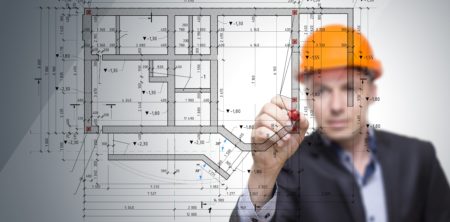 A building or construction permit is an approval issued by the city or government agency having jurisdiction over a parcel of land. Building permits provide applicants with the legal authority to complete construction work. They are in place to help the government ensure that a structure is legal, safe, and meets code. Building permits help certify that fire hazards, structural failures, and harmful errors are avoided.
A building or construction permit is an approval issued by the city or government agency having jurisdiction over a parcel of land. Building permits provide applicants with the legal authority to complete construction work. They are in place to help the government ensure that a structure is legal, safe, and meets code. Building permits help certify that fire hazards, structural failures, and harmful errors are avoided.
A building permit generally pertains to work that is not covered by sub-trade permits. For example, a building permit would pertain to alterations on the interior of an office building such as creating a new doorway.
In addition to building permits, there are several sub-trade permits that builders must receive prior to performing any electrical, mechanical, or plumbing work.
- A mechanical permit is required prior to conducting any mechanical work such as heating, duct-work, or cooling. For example, a restaurant will usually need to install a grease exhaust hood in the kitchen area to remove excess heat from the stove. To proceed with installing the exhaust hood, the builder will need to obtain a mechanical permit.
- An electrical permit encompasses any electrical work on a building or structure such as installing electrical wiring, transformers, or lighting. For example, a new retail store looking to install a lighting system will need to receive an electric permit.
- A plumbing permit usually pertains to bathroom or kitchen piping such as sinks, toilets, drains, or back-flow devices. For example, a hotel upgrading their piping systems will need to obtain a plumbing permit.
- A racking permit is required before installing any shelving usually over 5’9” but in some states it ranges. These permits are native to areas with large amounts of seismic activity such as California and Oregon. Stores that have warehouses such as clothing stores, electronic retailers, grocery stores, will usually require racking permits.
